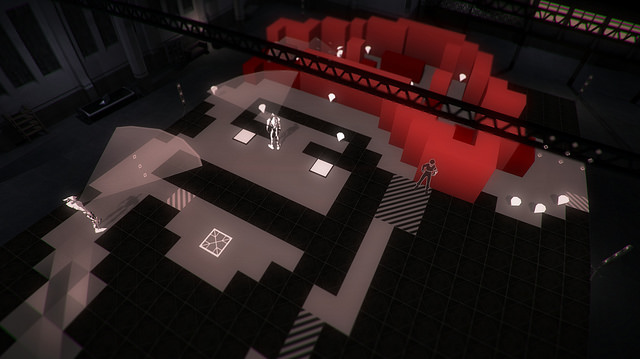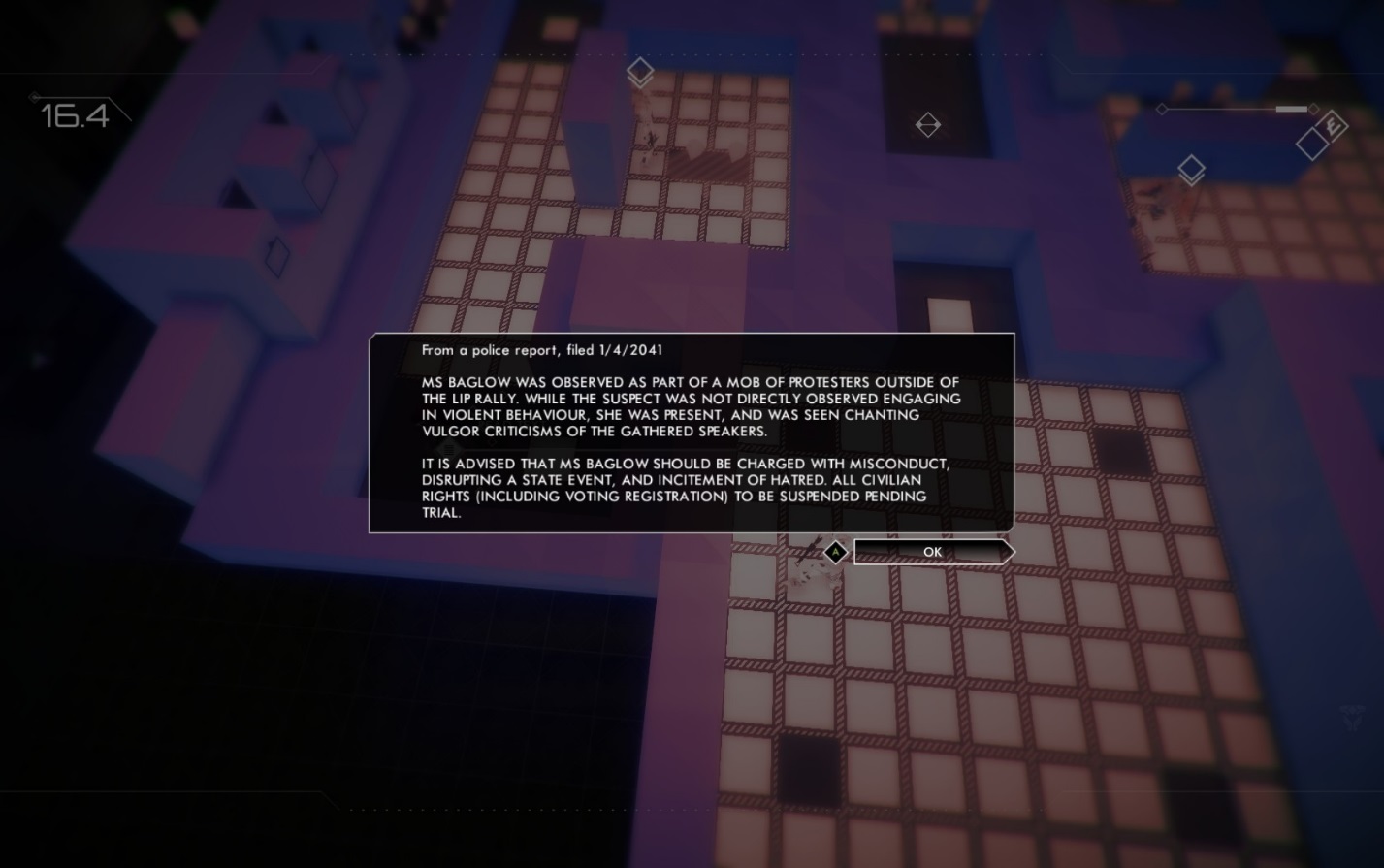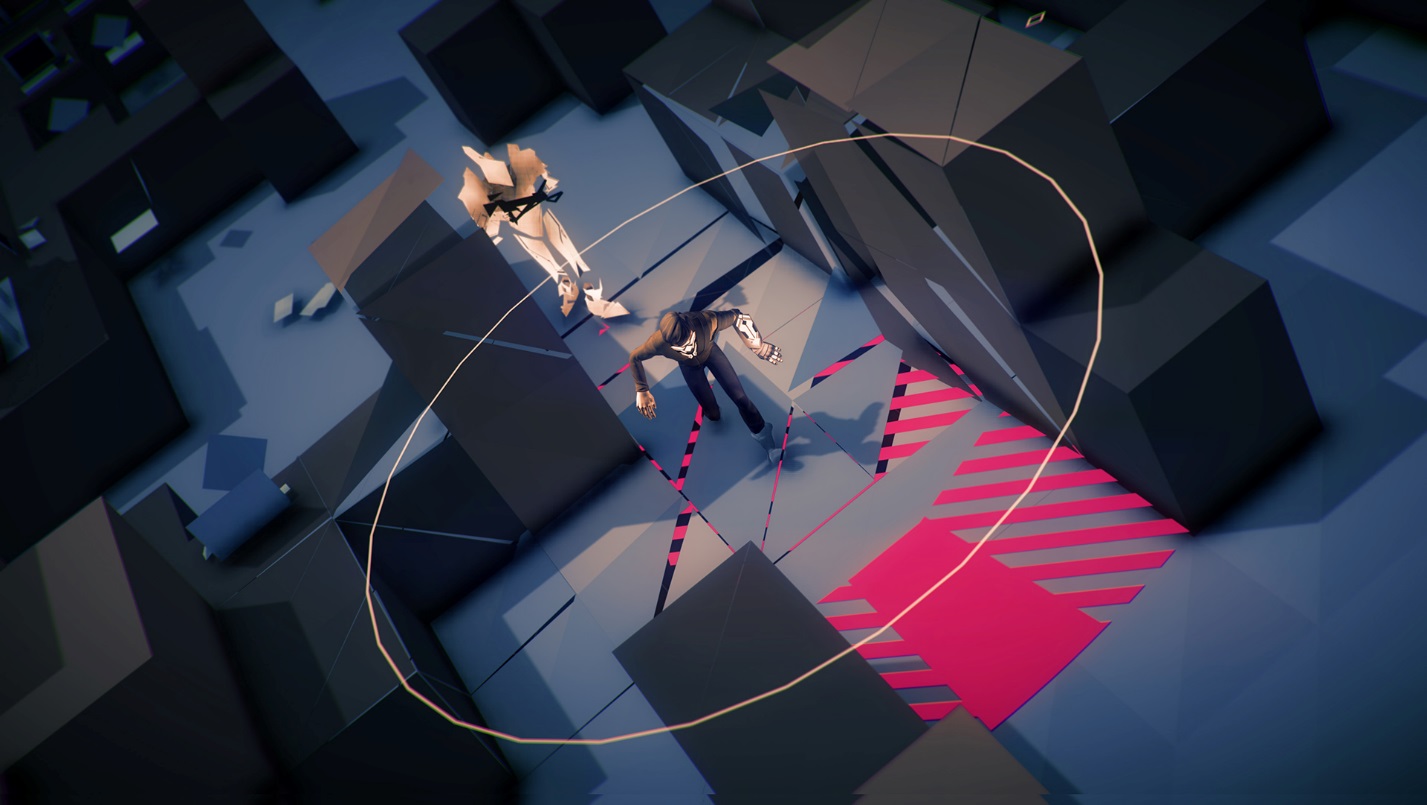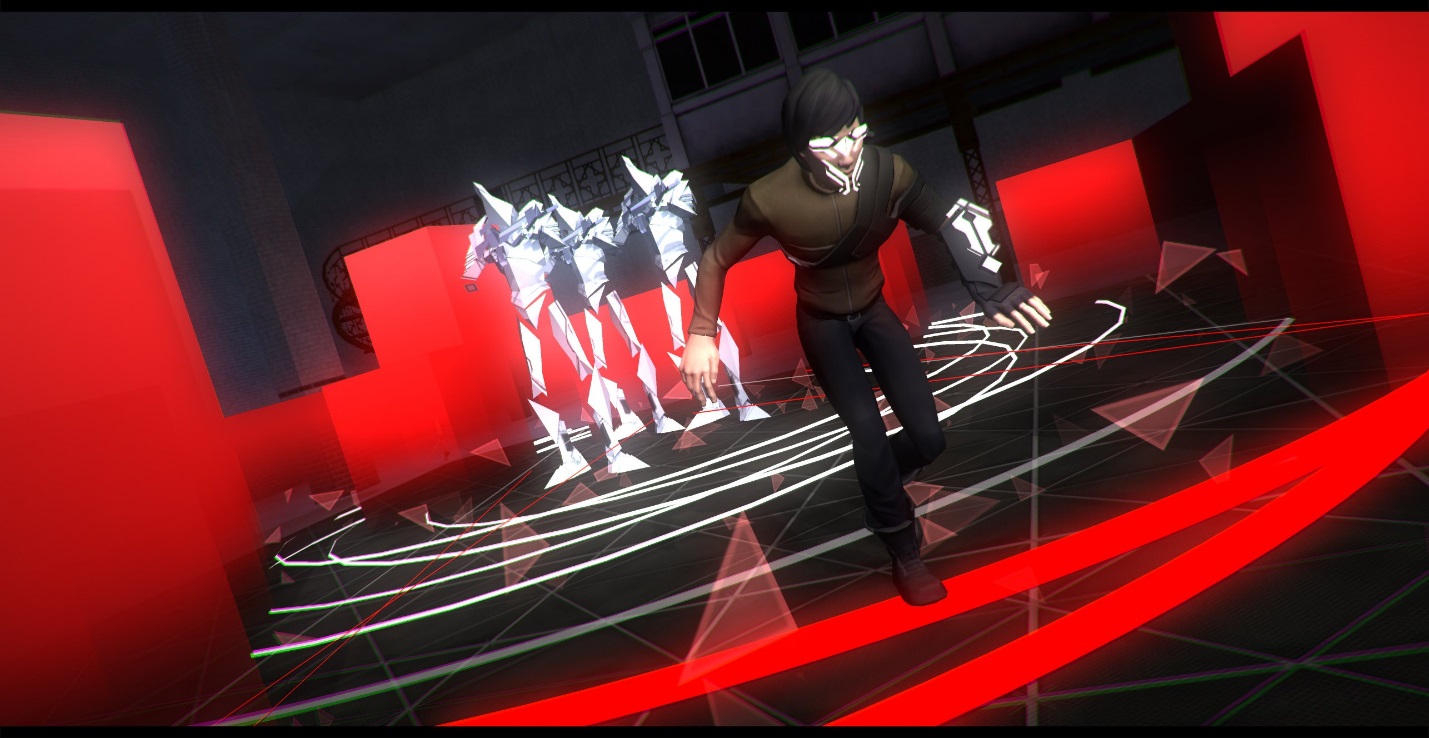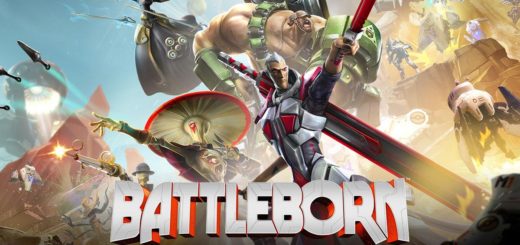VOLUME Review
A few minutes into Mike Bithell’s stealther VOLUME and I began to feel an odd sense of déjà vu. I hadn’t played Bithell’s previous title, THOMAS WAS ALONE, nor had I followed VOLUME prior to its release. What was it then that felt so familiar? Was it the minimalist, digitized aesthetic? The sometimes convoluted cyber-political espionage storyline? Or was it the almost forgotten focus on sight and sound? In the end, it turned out to be all these things and more, because VOLUME draws much of its inspiration from the font of modern stealth games, the original METAL GEAR SOLID. In fact, it wouldn’t be much of a stretch to consider VOLUME as the spiritual sequel to VR MISSIONS. And as far as wells to dip your pen in, you could do a lot worse. That being said, aping Solid Snake isn’t all it takes to make a great game.
All the thrills of Shadow Moses, now in your living room (or warehouse, in this case)
VOLUME takes place 40 years from now in an England that has been taken over and turned into a totalitarian corporate state by businessman and general fiend Guy Gisborne. English citizens are forced to work as slaves in Gisborne’s factories and are monitored by AIs that report any sign of dissent to iron-gloved authorities.
The game opens up with a cutscene of our masked protagonist, Locksley, getting arrested during a police raid in an abandoned warehouse. Gameplay starts in the same building three hours prior, with Locksley booting up Alan, an outdated AI known as a Volume, who recreates real world environments via holograms to train soldiers. Locksley uses Alan to simulate infiltrations of various buildings, using the blueprints of Gisborne’s properties for reference. It doesn’t take long for Alan to realize that Locksley is up to shenanigans and gets the man to admit that he is livestreaming his simulations to the populace. Around the country, members of the resistance are using Locksley’s “playthroughs” to break into the real world buildings in order to steal or destroy the riches, data, and equipment that power Gisborne’s regime.
There are only three cutscenes in the entire game, with a limited amount of dialogue exchanges, primarily between Locksley and Alan. Instead, much of the world building and side plots are delivered via documents, email transcripts, and magazine articles that can be read throughout the stages. There’s an impressive attention to detail shown towards the game’s setting, but I felt like some of the sideplots were irrelevant or even abandoned, which is a shame.
Like real-life freedom fighters, you spend a lot of time reading other people’s emails
The tale of the Twitch stream Robin Hood is certainly a novel one, and perhaps the best part about it is that it allows the game to feel, well, like a game, without breaking immersion. There are 100 missions in VOLUME, with an average length (for me) of about five minutes each, which can seem a bit daunting. The game-masquerading-as-a-game helps mask the repetition of holographic burglaries, but by the final quarter of the game, I had given up reading the brief mission descriptions used to give context to each level. I didn’t mind the narrative stagnation too much, because the gameplay more than made up for it.
The goal of each level in VOLUME is the same. Locksley must gather all the diamonds representing real world treasure in the stage, upon which he unlocks the exit, and from there, the next mission. Of course, the stages get more complex as Locksley targets locations of higher and higher importance. Levels are typically clustered around a newly introduced gameplay mechanic, whether it be a gadget, guard type, or environmental feature. There’s typically then a level that forces you to use all the things you’ve learned up to that point, before heading off to the next mechanic. In practice, it feels very curricular.
That being said, VOLUME’s proven mechanics more than make up for any lost sense of narrative purpose. Like in the first two MGS games, enemy line of sight is visualized as a cone in front of each guard. Rather than relying upon lighting, Locksley must utilize the terrain to stay out of sight of patrols. Sound also plays a large role, as Locksley can whistle or use noisy objects to distract guards and create openings. Eventually, more advanced tools become available, such as teleporters, ghost mimics, and invisibility, but so do your obstacles, such as electrified floors, guards that can see through walls, and forcefields.
In addition to the core game, there is also a map editor that gives players the same tools as the devs to create levels. It’s very utilitarian and fairly flexible, as I’ve played remakes of PAC MAN and some familiar VR missions from MGS2. It’ll be interesting to see what else the community can come up with for this game.
It’s not all rainbows and sunshine in dystopian London, however. Some sections seem impossible to complete without getting spotted, and only dashing for a checkpoint would allow me to respawn in a no-alert state after being slaughtered. In other cases, I was able to avoid guards fairly easily after being caught, then run for the goal while they returned to their posts. I’m not sure if this was how the game was intended to be completed, but it’s never good when beating a level feels more like exploiting a loophole.
“If I can’t see him, then he can’t see me”
I found the game’s soundtrack to be dull at best and positively grating at its worst, which was most of it. The operatic alert music seemed to be going for a HUMAN REVOLUTION-esque score, but it was so jarring and loud compared to the otherwise quiet soundscape that I’d always have to, ironically, lower the volume whenever I got caught. It became much easier to just play the game on mute.
Environments manage to keep things fresh from a gameplay perspective, which is what matters in the end. However, even though they try their best to avoid being thematically monotonous, you’ll begin to wonder just how many museums exist in London after you’ve pilfered a few dozen. Glitched simulations are usually the most fun to look at, with props appearing in strange places and segments of the floors missing.
The game occasionally makes you wish you went outside more often
Speaking of glitches, my game crashed at least a dozen times during my playthrough of VOLUME. Typically these occurred when I would die while simultaneously triggering the end of a level, but there were other anomalies as well. Upon completing the first online level, the game crashed to the dashboard and deleted my saved game data. Fortunately, I had already completed the story at that point, but inexplicable bugs like this are really disheartening. It’s nothing that can’t be patched, but I’d rather not have to replay games due to technical difficulties.
VOLUME is troubling because it has both original ideas and time tested concepts, but is flawed in just as many ways. I can’t write it off completely, because there is an enjoyable experience underneath its list of defects. But even at twenty clams, it just isn’t worth it. Wait for a sale.
Reviewed on PlayStation 4, also available for Windows and Mac
Verdict: Do Not Recommend


